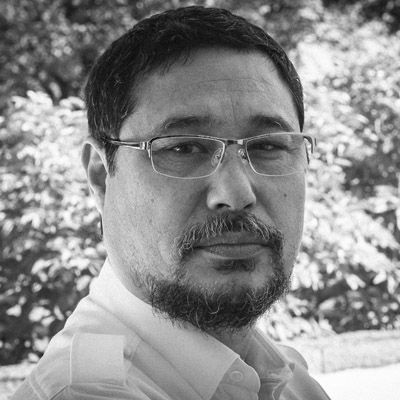Boeing 777 flight simulator and context driven testing. Really?
Session type: 120 minutes tutorial
Session level: Intermediate
Manufacturing and testing a full flight simulator poses several challenges: hard deadlines, highly regulated environment, high numbers of complex components, safety and legal concerns. Airplanes are manufactured at a faster pace — full flight simulators are no exception.
A fixed test plan cannot respond to the various incidents that will occur during the manufacturing, integration and testing of the device. Risk management and close collaboration with different departments are keys to success. Drastic changes in a simulator’s design enabled a review of, among other things, some of the practices and processes. The first concept was to use a common policy to cover the new generation of flight simulators: test the right thing, at the right place, at the right time, using the right tools. Participation at hardware design sessions allowed early insertion of testing points at the frontier of hardware and software. Moreover, root cause analysis was used as a means of tackling recurrent issues, active participation in backlog grooming facilitated bug resolution, deployment of a semi-automatic testing system in manufacturing to distribute testing at appropriate locations, and the creation.
Key take-aways:
Context driven testing:
- Helps to focus on what the stakeholders are looking for.
- Applied in a large project involving manufacturing, software engineering (500+ engineers and technicians)
- Applied some concepts of lean manufacturing to software to deliver faster
- A one pager about testing status has in some cases more power that 10 pages of pass fail ratio reports.
Bio
Alex is a 52 years old, world traveler. He worked in consulting firms, gaining experience in several fields (medical, manufacturing, aerospace, pay TV, data warehouse to name a few) in different countries ( Switzerland, France, Spain, Canada…).
His career started in the space industry where he discovered his passion for aerospace, working on both military and civilian projects.
Alex was sometimes steered away from aerospace but ultimately, his passion pushed him to become an airline pilot, a way to really understand how those instruments he programmed and integrated were operating in a cockpit.
One of his last challenge was to organize flight simulator testing into a lean manufacturing environment. His atypical scholarship allowed him to work with milling machines, draftsmanship, accounting and finance, software development, electronic design and industrial robots.
Always fun for him to use an oscilloscope, an ARINC bus analyzer, step into assembly language or stall a Boeing 777!
